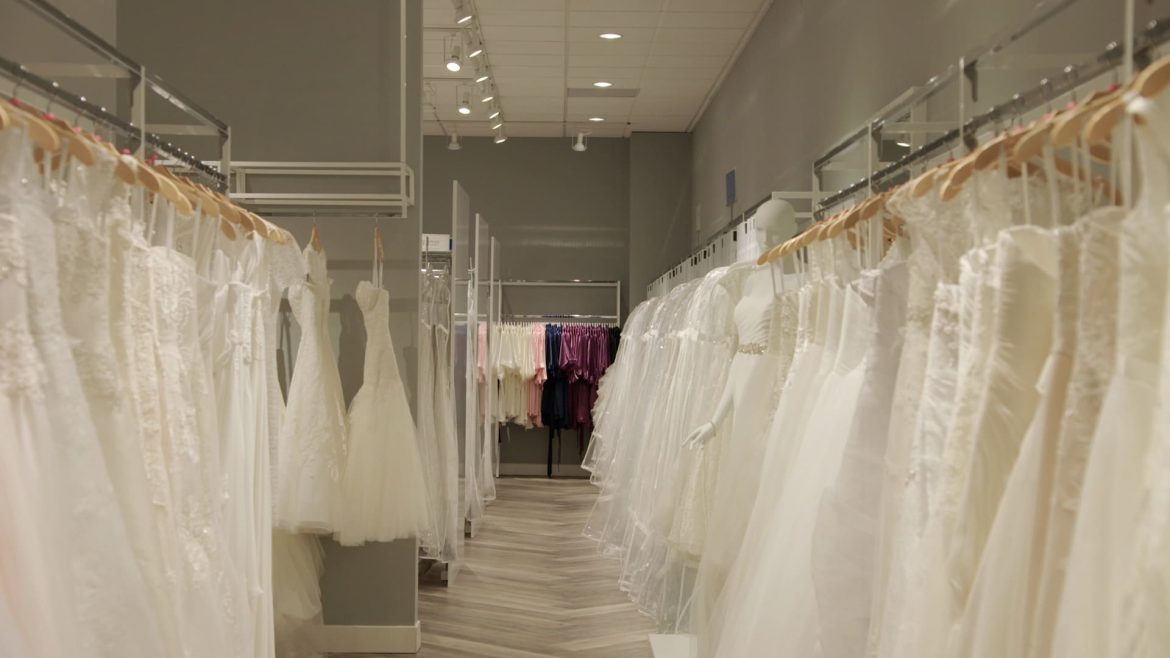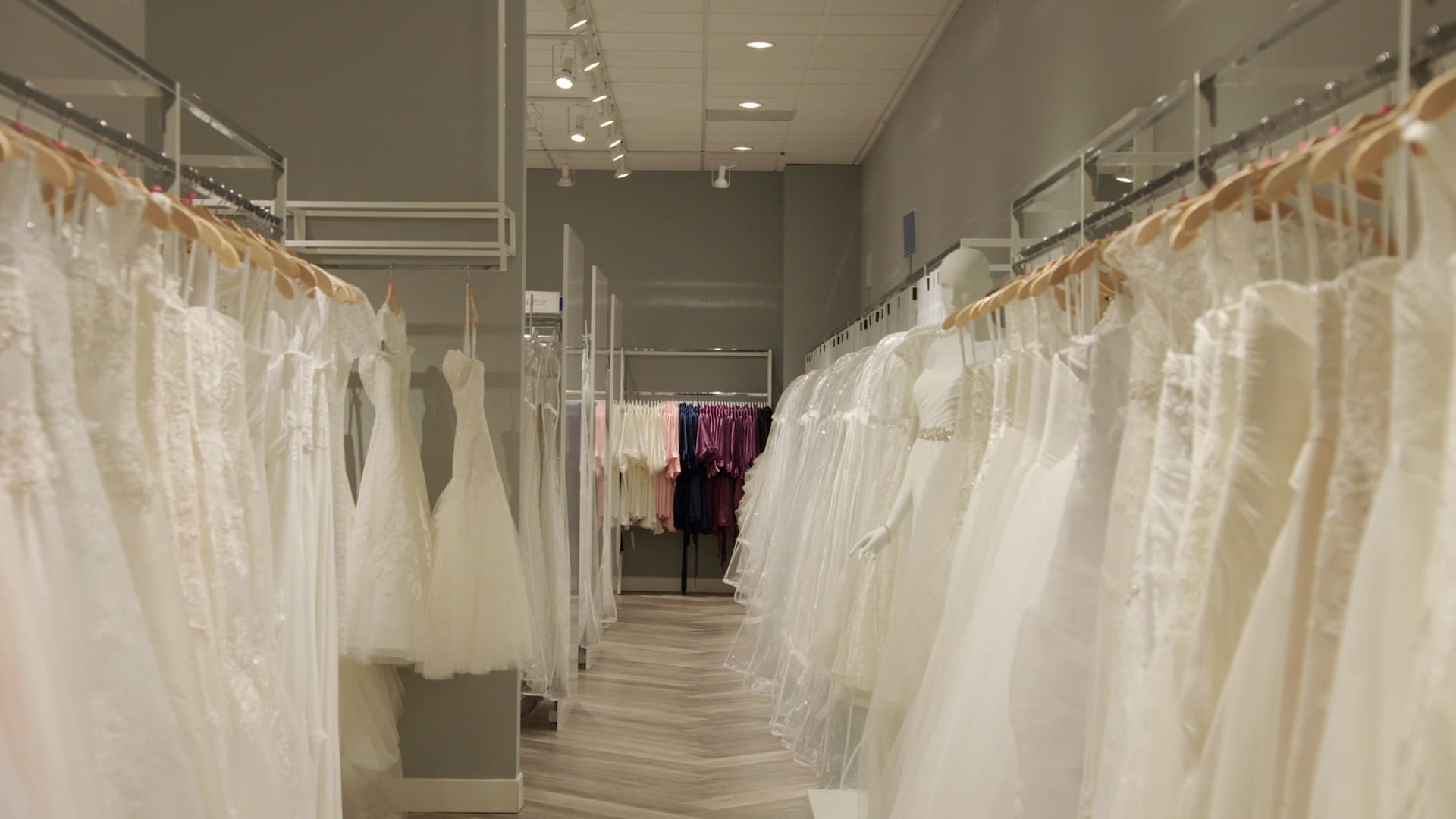The Impact of Trump’s China Tariffs on the Bridal Industry
The bridal industry, a sector known for its glamour and celebration, is currently facing an unexpected challenge: the ripple effects of President Trump’s tariffs on imports from China. These tariffs, implemented to protect domestic industries, are inadvertently threatening the business models of bridal shops across the United States. This report delves into the implications of these tariffs, the strategies bridal store owners are adopting to mitigate the impact, and the broader economic context in which these changes are occurring.
The Tariff Landscape
The recent tariff increases have been significant. As of April 2025, the total tariff rate on imports from China stands at 145%. This dramatic increase is the culmination of a series of tariff hikes announced throughout the year. Earlier in the year, a 20% tariff was imposed on Chinese goods, followed by an additional 34% tariff. These tariffs have had a cascading effect on various industries, including the bridal sector, where a substantial portion of wedding dresses are manufactured overseas.
The Direct Impact on Bridal Shops
For bridal shop owners, the tariffs translate directly into increased costs. Wedding dresses, which are predominantly manufactured in China, have seen a sharp rise in prices. This price hike threatens the affordability of wedding dresses, a critical component of the bridal industry’s business model. Bridal shops are now grappling with the challenge of passing these increased costs onto consumers without deterring them from making purchases.
Strategies for Mitigation
In response to these challenges, bridal shop owners are adopting various strategies to sustain their businesses. One notable approach is the reduction of personal salaries. A 57-year-old bridal store owner, for instance, has cut her own salary to manage the financial strain caused by the tariffs. This self-sacrificing measure underscores the severity of the situation and the lengths to which business owners are going to keep their doors open.
Another strategy involves advising customers to book and pay vendors as soon as possible. Bridal shops are recommending a contingency plan that includes building a 10% to 15% buffer into their budgets to account for potential price increases. This proactive approach aims to mitigate the financial shock that tariffs may bring, ensuring that bridal shops can continue to operate smoothly.
The Broader Economic Context
The tariffs on Chinese goods are part of a broader economic strategy aimed at protecting domestic industries and reducing the trade deficit. However, the unintended consequences of these tariffs are becoming increasingly apparent. The bridal industry, which relies heavily on imported goods, is just one of many sectors feeling the pinch.
The temporary pause on new tariffs, announced by President Trump, provides a brief respite. For the next three months, a universal tariff rate of 10% will be in effect. This pause offers a window of opportunity for bridal shops to adjust their pricing strategies and explore alternative suppliers. However, the long-term sustainability of these measures remains uncertain.
The Human Element
Behind the economic data and business strategies, there are real people whose livelihoods are at stake. Bridal shop owners, like the 57-year-old who cut her salary, are facing a retail meteor heading towards the U.S. economy. The human element of this story cannot be overlooked. These are individuals who have invested their time, money, and passion into building their businesses, only to face unexpected challenges due to policy changes beyond their control.
The Future of the Bridal Industry
The future of the bridal industry in the face of these tariffs is uncertain. While some shops may be able to weather the storm through strategic planning and cost-cutting measures, others may struggle to stay afloat. The industry’s resilience will be tested, and only time will tell how these challenges will shape its future.
Conclusion: A Call for Adaptation and Resilience
The bridal industry’s response to Trump’s China tariffs highlights the need for adaptation and resilience in the face of economic uncertainty. Bridal shop owners are demonstrating creativity and determination in navigating these challenges, from cutting personal salaries to advising customers on budgeting strategies. As the industry braces for impact, it is crucial for stakeholders to remain proactive and innovative. The tariffs may present significant hurdles, but they also offer an opportunity for the bridal industry to evolve and strengthen its business models. The future of the bridal industry will be shaped by how well it can adapt to these changes and continue to provide the joy and celebration that brides and their families cherish.


